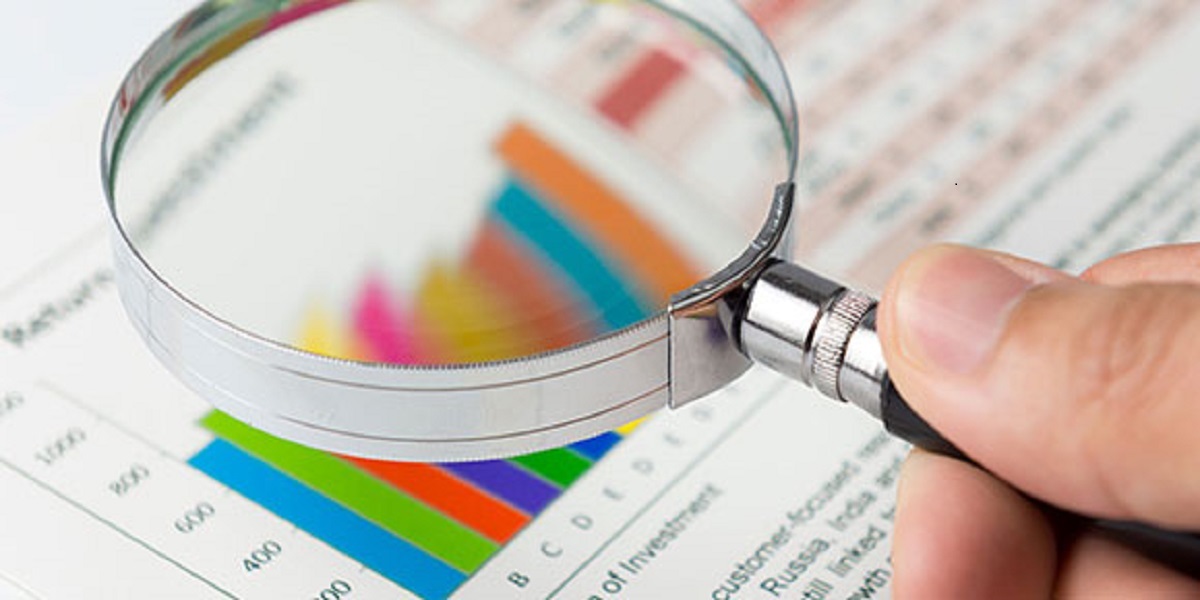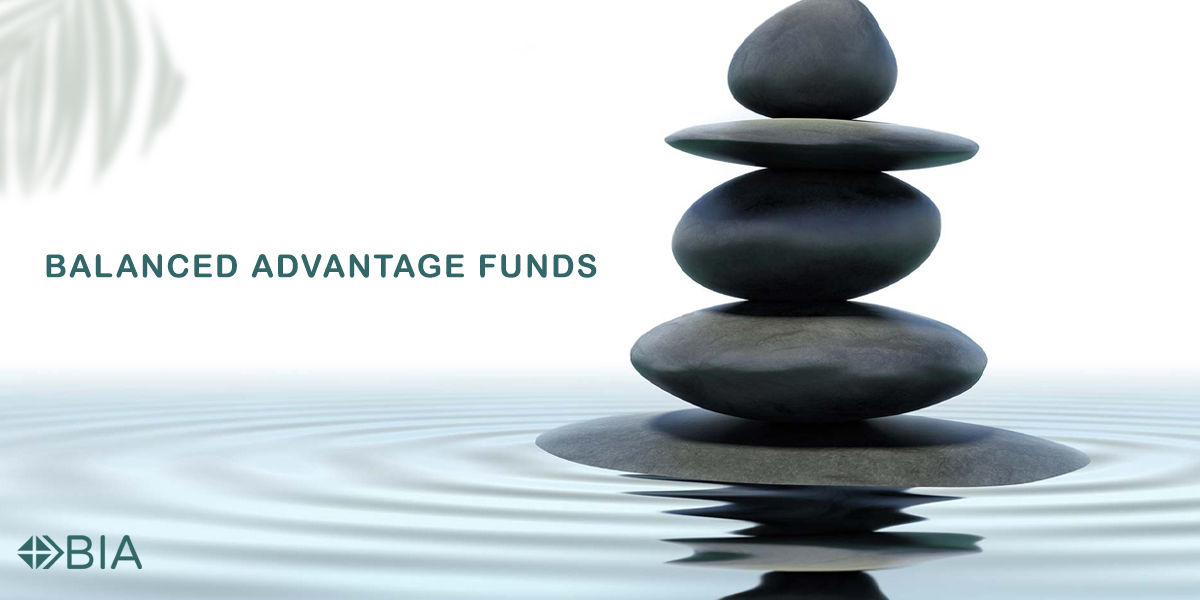No matter where you are on your life path, take a moment to stop and imagine what your retirement would look like. Even if it seems far away try to focus on the picture as it’s vital to get on track for your retirement journey.
Important factors you need to consider before starting your Retirement Journey :
Life Expectancy:
As per the latest statistics from the Union Ministry of Health and Family WelfareLife expectancy in India has gone up by five years in 2011-15. The Life expectancy for males has gone up from 62.3 years to 67.3 years and for females from 63.9 years to 69.6 years. So to say an AverageMale in India would live around 67 years and female 70 years.
Before you make any assumptions I would like to draw your attention to the fact that there is a significant life expectancy gap between the affluent and deprived communities worldwide. If you are a normal healthy person, having above-average financial status, with improved health care facilities in India you have a fair chance to be an octogenarian. So you need to plan for 20-25 years post-retirement taking into consideration the age of retirement at 60.
Phases of Retirement :
Retirement is a major life-changing event that an individual has to pass through. Research by Robert C. Atchley, professor emeritus at Miami University, Ohio has developed six descriptive phases of retirement that represent a transitional process individuals go through when they permanently exit the workforce.
Phase 1: Pre-retirement – A Phase where an Individual has to disengage from his workplace and plan for retirement.
Phase 2: Retirement – When an Individual retires, takes one of the following paths.
-
- The honeymoon– the path is characterized by feeling and acting as if one is on vacation indefinitely. Men and women become very busy doing many of the leisure activities they never had time for previously, especially travel.
- The Immediate Retirement Routine– This path is followed by an Individual who already had an active schedule in addition to his/her employment. These individuals easily establish comfortable yet busy schedules soon after retirement
- Rest and Relaxation This path is described as a period of very low activity as compared to the “honeymoon” path. Persons who have had very busy careers with limited time to themselves frequently choose to do very little in their early retirement years. However, activity levels do increase after a few years of rest and relaxation.
Phase 3: Disenchantment – For some people, adjusting to retirement is not an easy experience. Following the honeymoon period or a time of continued rest and relaxation, there may be a period of disappointment or uncertainty. A person may miss the feelings of productivity they experienced when working.
Phase 4: Reorientation – After a period of rest and relaxation or feelings of disenchantment, it is common for people to “take inventory” of their retirement experience and outline ways that will improve their retirement role. Becoming more involved in community activities, taking up a new hobby or relocating to a more affordable setting may contribute to this “second chance” at retirement. A common goal of reorientation is to design a retirement lifestyle that is satisfying and enjoyable.
Phase 5 : Retirement Routine – Mastering a comfortable and rewarding retirement routine is the ultimate goal of retirement. Some adults are able to do this soon after they leave employment, while others take longer, only finding their way after years of extended leisure or a period of disenchantment. Once a fulfilling and comfortable retirement routine has been found, this phase of retirement can last for many years.
Phase 6: Termination of Retirement– Eventually the retirement role becomes less relevant in the lives of older adults. When a person can no longer live independently due to disability or illness, the role of a disabled elder becomes the primary focus of his or her life.
These phases do not apply to everyone, of course, because retirement is experienced on an individual basis; however, these phases do provide a guide for thinking about what some individuals may encounter when they transition into the retirement stage of life.
You can go through the research by Robert C. Atchley here
Put time on your side: Getting started today will help you put time on your side. You must have invested in various instruments like the EPF, PPF, Mutual Funds, Bonds & Equity shares. It is important you first figure out the lifestyle you would like to live after retirement. Don’t forget to factor in Inflation as it does not retire…
You need to find out how much you will need for retirement, and later on, determine how much you will need to save every month. An appropriate asset allocation strategy for your investments is also important.
Chart and review your progress once you start on your path…
More to continue on the Preparation of Retirement Plan in the next article…




